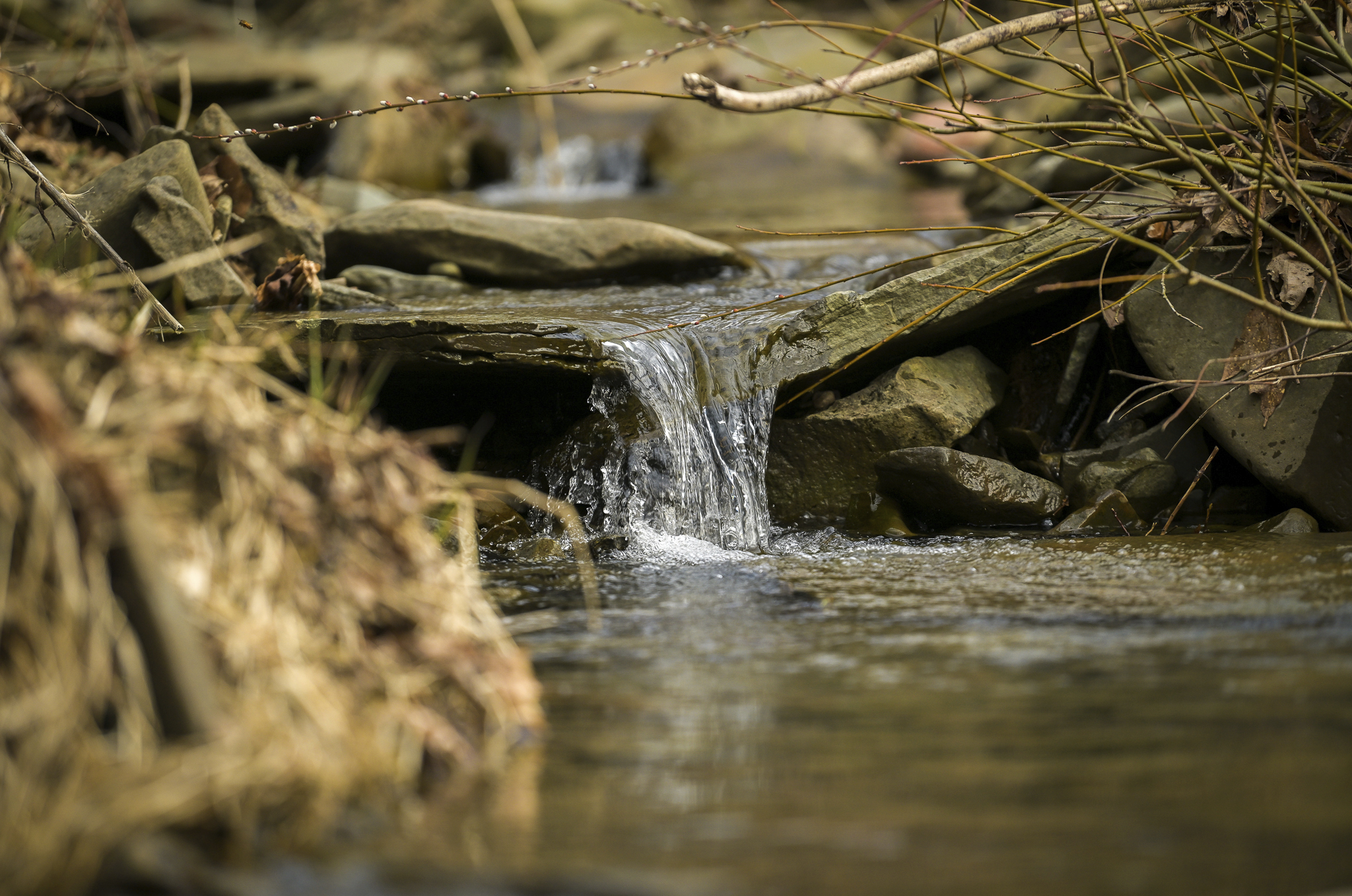New York moves to update its fracking ban to include liquid carbon-dioxide as well as water

Natural gas drilling companies would be banned in New York from using an extraction method that involves injecting large amounts of liquified carbon dioxide deep underground under a bill moving through the state legislature.
The measure would immediately block a Texas company that wants to use the method as an alternative to hydraulic fracturing with a water-based solution.
The bill passed in the state Assembly on March 12. The state Senate is expected to vote this week.

Brooklyn Boro
View MoreNew York City’s most populous borough, Brooklyn, is home to nearly 2.6 million residents. If Brooklyn were an independent city it would be the fourth largest city in the United States. While Brooklyn has become the epitome of ‘cool and hip’ in recent years, for those that were born here, raised families here and improved communities over the years, Brooklyn has never been ‘uncool’.